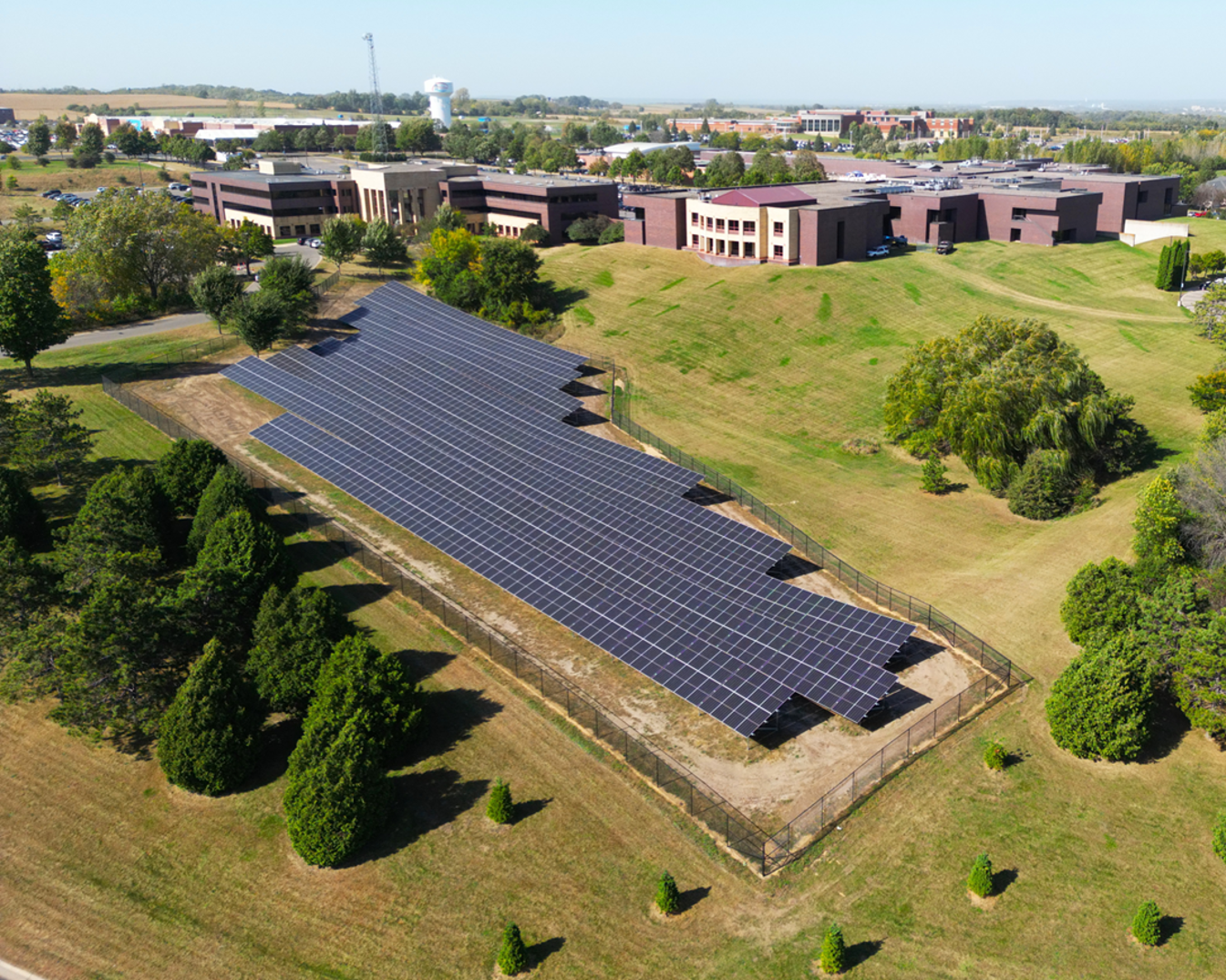University of Washington Burke Museum in Seattle, Washington
The University of Washington (UW) Burke Museum is renowned for its collection of archaeological and geological artifacts as well as its cultural exhibits preserving the history of Northwest native nations. Unfortunately, with roots dating back to 1895, the museum’s concrete facility seemed like an artifact as well. Not only did the building limit the museum’s ability to reach larger crowds and expand programming, the lack of an air conditioning system also prevented the ability to ensure proper climate control for exhibits.
After reviewing the possibility of installing a new air conditioning system through an extensive remodel, the university determined that a new facility on the existing site would solve environmental control concerns and allow the Burke to meet the future needs of the University and public. The new museum would provide more than a 60% increase in space from the original facility.
McKinstry was selected to provide the full mechanical, electrical and fire protection infrastructure. The museum now includes humidity-controlled collections areas, rooftop air-handling units with heat recovery, fume hood exhaust and lab supply/exhaust valves and lab piping (DI, VAC, LCW/LHW and CA).
BIM Use
McKinstry created a full 3D model of all mechanical, electrical and fire protection systems. Thoughtful constructability analysis is all a part of how we build the model. We periodically review with our superintendents and the project team.
Lean Construction Practices
McKinstry’s full 3D model was maintained by our PM staff and used to detect potential clashes in weekly meetings with other members of the project team. McKinstry took the lead in running clash detection/prevention meetings and in finding resolutions for all issues identified. We drew our content in CAD to match with backgrounds provided by the architect. We exported clash reports from the Navis clash models (by trade) to send to pertinent parties for quick reference and to assign responsibility for fixing the clash.
Prefabrication
We prefabricated several components on the Burke Museum project in our 100,000 square foot manufacturing facility in Seattle. The main runs down corridors were racked together at our shop, stacked in order of install, and then shipped to the jobsite. From there we picked the stacks and installed them as they were rolled down the floor. We also prefabricated components of the penthouse and mechanical room by skidding equipment and associated piping together. On the plumbing side, we racked back-to-back water closet wall carriers and waste/water piping and picked them onto floors to be wheeled into place.

Seattle, WA

196,250

Engineering and Design
Mechanical and Plumbing
Electrical and Technologies
Fire Protection

Education
Explore other projects

Minnesota’s Dakota County Renewable Energy Project Earns …
Minnesota Solar Energy Industries Association celebrates McKinstry client with prestigious Sustainability Project Awa…

New Center To Nurture the Health and Heritage of Indigeno…
The Mīyō Pimātisiwinkamik (“Good Life Lodge”) Youth Center project is a collaborative effort between the Rocky Boy’s …
